I’m Brandon Beck and I’m from San Marcos, Texas.
When I was a small child I was very happy. I thought of myself as a boy when I was little and no adults ever questioned that when I was really young. At Christmas time there were three of us cousins that were close in age together, we were all three girls. But my grandma would make a different present for me than she made for the other two girls because I was being accepted as different from everybody else. So I remember one Christmas my grandma had sewed pajama outfits for all three of us. I got pants and a shirt and the other two got little house dresses and I just thought that all of this was great.
Things became more and more difficult especially as I entered puberty and my body started developing in ways that I really didn’t want it to develop because I wanted myself to look like the boys too and it just wasn’t happening for me.
In college I joined a club called The Glibit. I went to Rice University in Houston and Glibit stood for “GLBT”. You’d think that joining The Glibit Club I might have had my first introduction to the transgender community. But the “T” didn’t really mean anything at that time in that particular place. It was really a gay and lesbian club. So I started hanging out with the lesbians and I noticed that within this particular lesbian community that some people were a little more masculine and some people were a little more feminine. And so I shaved my head, I started wearing more masculine clothes and I was playing women’s rugby with the lesbians. With the rugby team, I realized that I didn’t really fit in with them either and that they really didn’t understand me even though I thought prior to that, that we were a great lesbian family.
The clothing situation came up again. The rugby team was going to have an end of semester formal just for the lesbians, because they didn’t feel like they fit in with the socialized formals that the whole university put on. And the rugby girls were talking about getting dressed for this event and were they going to get women’s tuxes or women’s ball gowns to wear to the event. And I made the comment, “Well why can’t we just get men’s tuxes?”
One of them responded to me, “Well we’re women. We should get women’s tuxes. They make such a thing, it actually fit your breasts right.”
“Well that’s not what I want. I want to hide my breasts. I want a man’s suit.”
And so there was that dichotomy again where I didn’t fit in because of what I wanted to wear and because of how I viewed my body in a different way than the people I was around.
And so I came back to San Marcos for Graduate School; I wanted to be a teacher, like my parents. So I got into a graduate program for teacher certification and one of the supervisors told me that I’d never be able to be a teacher in Texas if I didn’t wear skirts and have long hair. I didn’t have particularly long hair at the time. It wasn’t a masculine haircut by any stretch of the imagination but it was a very short haircut for a woman in the early 2000s. I never wore a skirt or a dress, and in fact didn’t own one. So when that professor said, “You’ll never be able to be a teacher unless you wear a skirt and have long hair,” I thought my life was over. I entered a deep, dark depression, I thought that my life was going to end.
So I got through my student teaching experience, got a job teaching, wore pants when I taught, had short hair when I taught, was fine. I still had never met someone who was transgender, still had never heard that word, or read anything about it.
After I taught school for a few years, I came back for a third Master’s degree at Texas State in Creative Writing. And one day when it was time to pick out courses, I was sitting in the graduate student lounge in Flowers Hall and saw a syllabus for one of the courses that was an option for us. And the books on the list were all queer-themed books. Two of them happened to be about transgender topics. One was “Trans-Sister Radio” by Chris Bohjalian and another was “Stone Butch Blues” by Leslie Feinberg. The syllabus description said that we were going to cover LGBT topics and actually wrote out what LGBT stood for: Lesbian, Gay, Bisexual, Transgender. And I thought, “Transgender…what does that mean? It sounds like it means something about crossing genders. I don’t know what this means but something about it really sparked my curiosity.”
And I’m a person of faith and I thought, well, this is some kind of sign. This is the universe, this is God telling me that this is what I’ve been looking for. This is God helping me figure myself out. And I went and got those two books and read them as fast as I’ve ever read anything. And I felt myself in those two stories. I understood what had been going on my whole life about how there had been this piece of myself that I’d kept hidden from everybody.
And I’m now a faculty member at Texas State University here in San Marcos. I’m one of two openly-transgender faculty members here and my life is just in a different place than it has been since when I was a very little kid because I found that word. I found the word “transgender” and learned what transgenderism is and learned that there really is a place for people like me in society and that it’s okay to express this masculine side of myself. And that there were things I could do to make my body look like it had always looked in my mind.
I’m so happy now because I have this wonderful wife that understands the transgender experience and supports people like me, and especially me. So it’s been a really powerful experience for me to have found myself and to have had people support me on this journey. And I want that for other people too, and that’s why I tell my story, so that other people can know that they’re not alone and that we are all beautiful people and that we all have an opportunity to be successful.
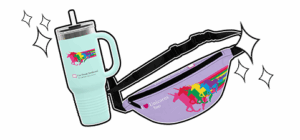

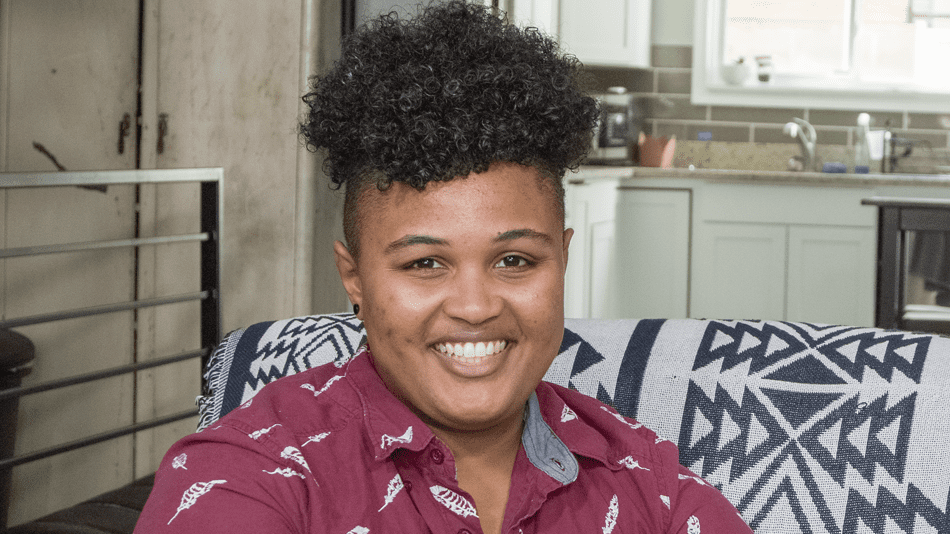

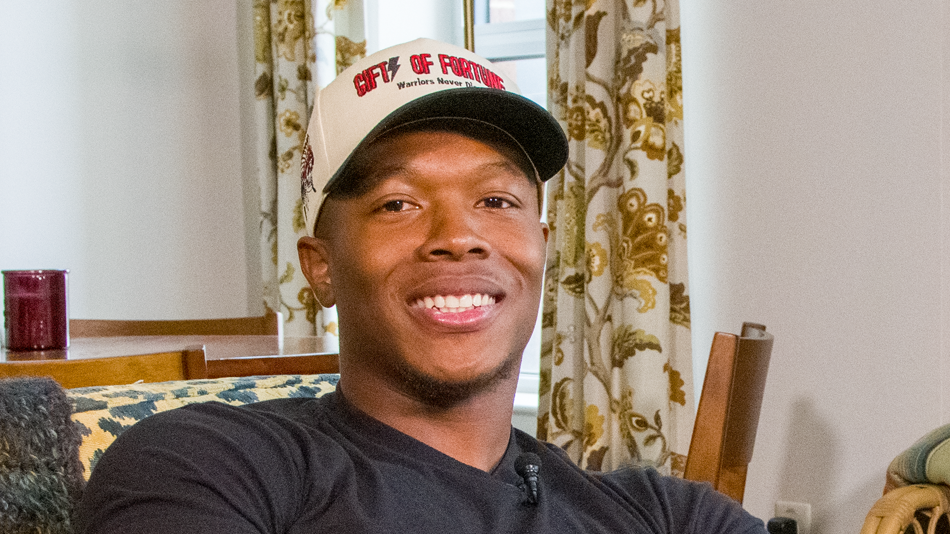
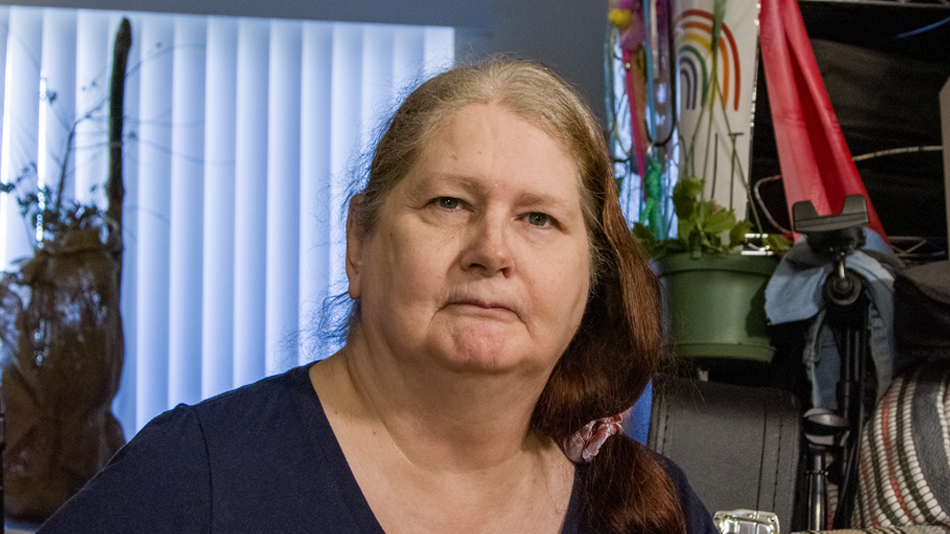

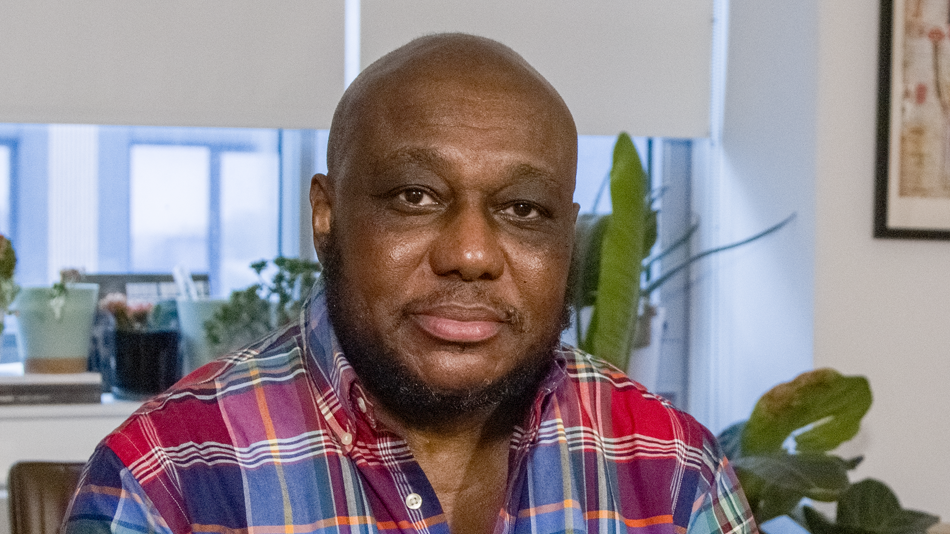
Share